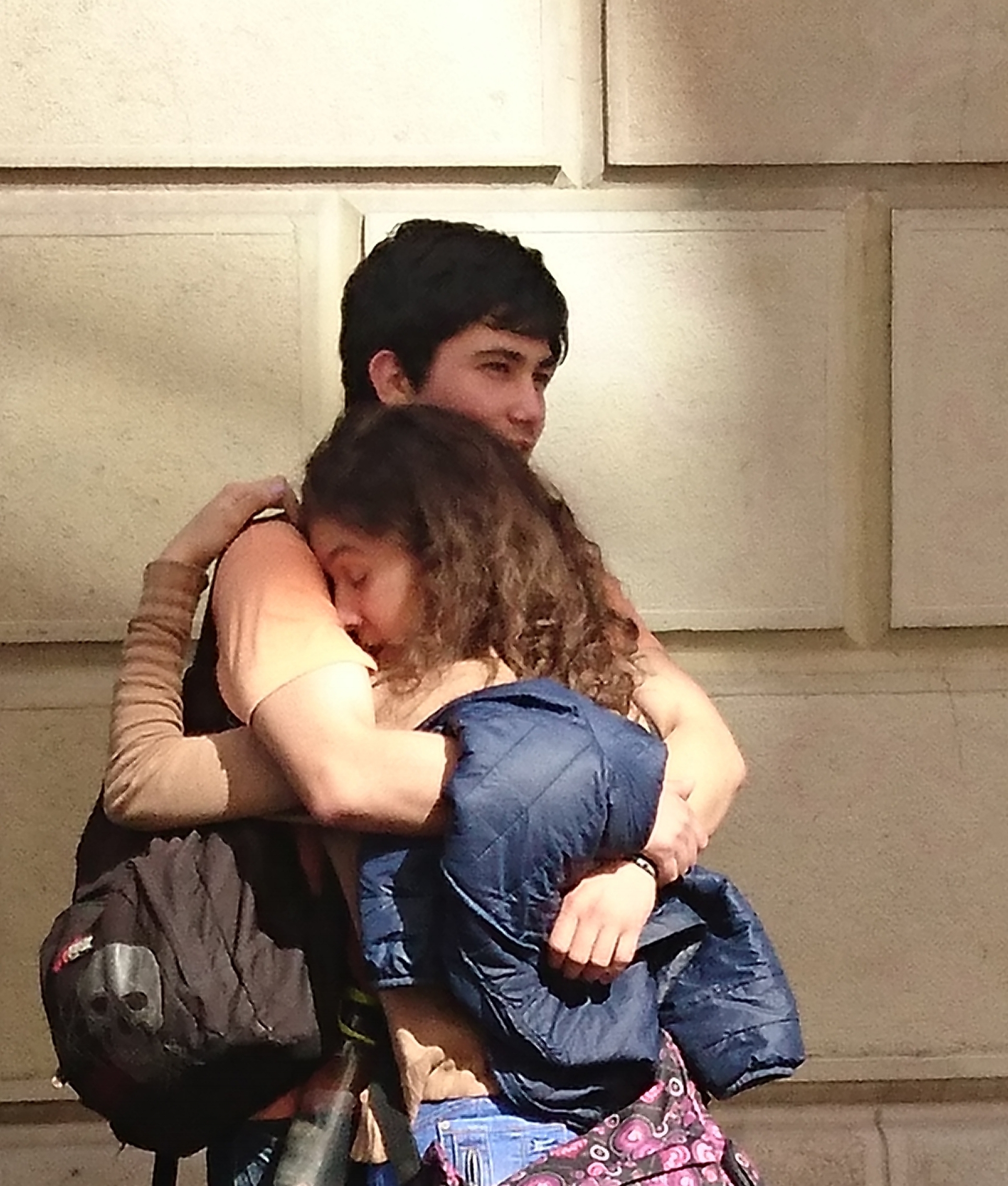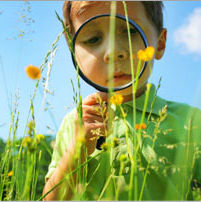What was it about Ida Rolf that was so formidable?
For one thing she was a true pioneer – and the more I learn about her life, the more I understand why.
In 1920 Ida earned a Ph.D. in biological chemistry from the College of Physicians and Surgeons of Columbia University – quite an achievement in itself for a 24-year-old woman in that day and age. After graduating, Ida continued to work at the Rockefeller Institute for 12 years, first in the Department of Chemotherapy and later in the Department of Organic Chemistry, eventually attaining the rank of Associate. During this time she was also a serious student of tantric yoga, read literature on osteopathy and married an electrical engineer. During World War Two she relocated to Los Angeles to study with Amy Cochrane DO and other osteopaths, publishing 16 academic papers mostly in the Journal of Biological Chemistry.
In 1927 she took leave to study mathematics and atomic physics at the Swiss Technical University in Zurich. She also found the time to publish two papers in scholarly journals on Structural Integration.
"When we use the word “structure” we are referring to the relationships in three dimensional space. There’s nothing metaphysical about it; it’s pure physics, the kind taught in physics laboratories. This organ of structure is a very resilient, elastic, plastic medium. It can be changed. It can be changed by adding energy. In Rolfing, one of the ways we add energy is by pressure. The practitioner deliberately contributes energy to the person he is working with. This is not energy in the sense in which metaphysicians throw the word around. This is energy as they talk about in the physics laboratory. When you press on a given point you literally are adding energy to structures under that point.”
Ida Rolf, Founder of Rolfing
Back in the 50s and 60s in Esalen, California, Ida was in unique and incredible company: Moshe Feldenkrais, of the Feldenkrais Method; Fritz Perls, the pioneer of Gestalt therapy; Joseph Heller who went on to develop Hellerwork; and Judith Aston, creator of Aston-Patterning. I think it’s fair to say that there probably hasn’t been many gatherings in the history of bodywork quite like that. These were the founders of some of the most reputed bodywork systems we have today and Ida’s discoveries were key to this synergy and exquisite melting pot of ideas. She was a pioneer, not only because of what she discovered but also what she did with the results of her search in creating and implementing a technique that has touched and changed so many lives.
So much of what we know now about the body leads us back to her discoveries. Her background in biochemistry showed her the incredible nature of fascia – and how working directly with its “elastic and plastic” qualities creates radical changes in its behaviour and that of the body.
She was a quester and she knew she had something important to pass down through the generations. As all Rolfers have been taught: “Rolfers are primarily teachers before bodyworkers.” What Ida taught us was not only about the nature and quality of fascia but a way of “seeing” it, a way of looking into someone’s being and helping them understand what it is like to be in their body. Many Rolfers talk about Ida’s vision and the way she could see through and into bodies. Through her vision she taught a way of “reading” the body at a very deep level.
Rosemary Feitis wrote about Ida in 1978 in her book 'The Endless Web: Fascial Anatomy and Physical Reality':
“The ability to enter into other realities is called intuition. It is a faculty that is nourished by use, by the feedback of experience. Forty years of experience have enhanced this ability in Dr Rolf to the point where it can seem magical, like second sight. In reality, it is the product of time and experience, attention and work and, of course, ability. The same faculty, in one degree or another, is present in most Rolfers who have been practising for some years. The magic lies within her creation of a technique that allows practitioners to develop their own intuition and bring it to the service of others.”









